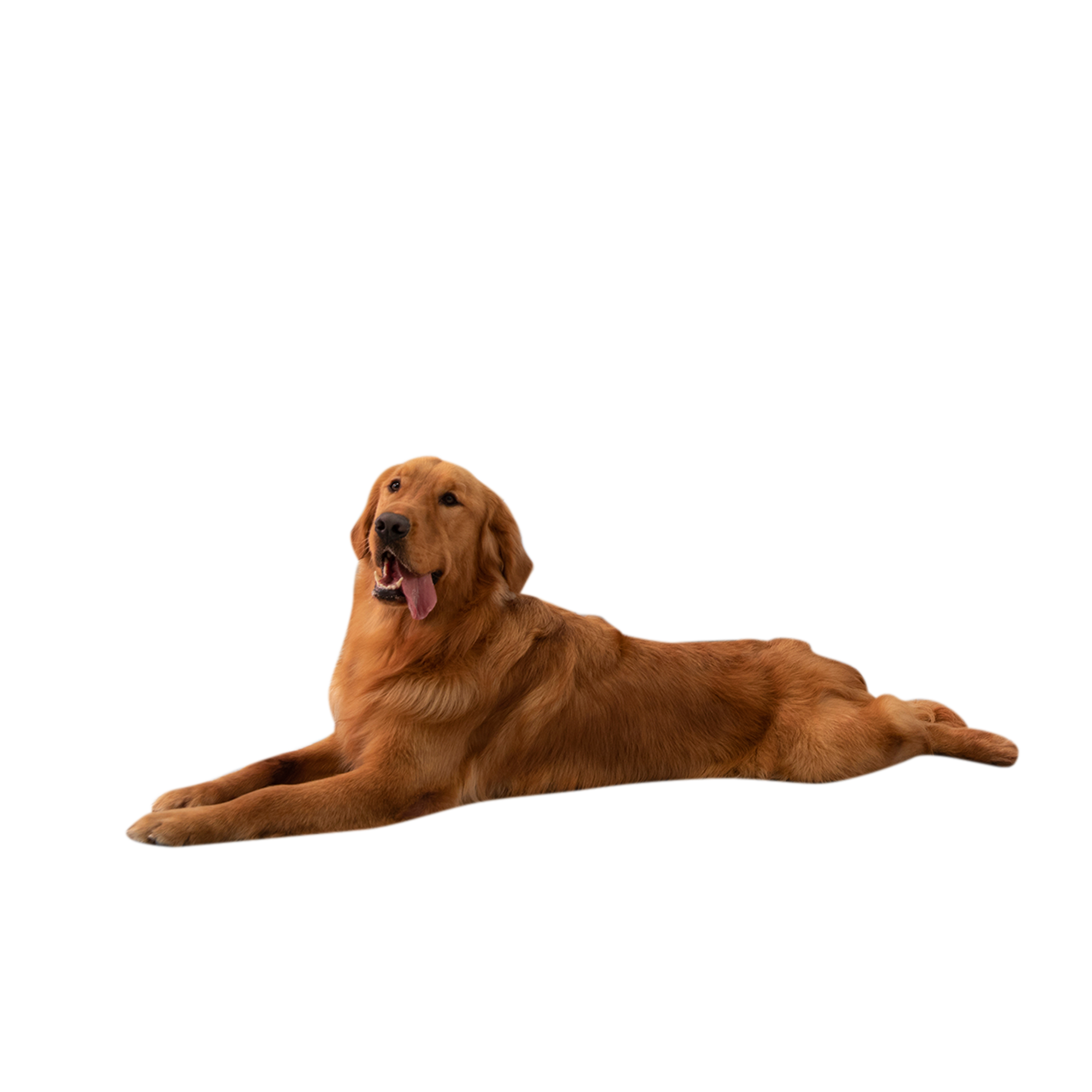To boost your dog’s confidence on walks, maintain a calm demeanor and use positive reinforcement. Choose familiar, quiet routes to start and gradually introduce new environments.
Walking your dog is more than mere exercise; it’s a pivotal experience that can shape their behavior and overall well-being. A dog that exudes confidence on walks is not only a joy to be with but also tends to be more responsive and better-behaved.
As a pet owner, it’s essential to nurture this confidence through consistent, supportive practices. A confident canine companion walks with a relaxed tail and attentive ears, ready to explore the world with enthusiasm. This guide provides practical steps to help your furry friend stride with assurance, ensuring that each walk is a positive, anxiety-free adventure for you both.

Credit: www.brilliantfamilydog.com
The Shy Dog Dilemma
Dogs that lack confidence often show clear signs during walks. A shy dog may tail-tuck, shiver, or try to hide behind their owner. They might also pull on the leash or refuse to move forward. Such behaviors signal the dog feels unsure or scared.
Not addressing these fears can lead to poor health and behavior problems. A dog lacking in confidence may develop anxiety-related health issues, like digestive problems. They might also become aggressive or destructive at home. Building their confidence is crucial for a happy, healthy pet.
Tailoring The Approach
Understanding your dog’s unique fears is crucial to building their confidence. Notice what scares your dog. Is it loud noises, other animals, or unfamiliar people? Begin with short, calm walks in a quiet place. Gradually introduce new situations, keeping walks enjoyable and stress-free. Praise brave behavior warmly.
Setting realistic goals is key for progress. Aim for small steps forward. Maybe today, your dog walks past a new object without fear. Tomorrow, perhaps they’ll greet a calm stranger. Celebrate these victories. Remember, patience is essential. Each positive encounter builds a braver dog for future walks.
Essential Gear For A Confident Stride
Choosing the right gear is crucial for your dog’s confidence on walks. A harness offers better security than a collar, distributing pressure more evenly around the dog’s body. This prevents strain on the neck and gives you more control. Ensure the harness fits snugly without causing discomfort for the most assured step.
Dogs with anxiety may benefit from comfort items such as a favorite toy or a calming vest. These items provide a sense of familiarity and reassurance, making walks more enjoyable. Try a vest designed to apply gentle, continuous pressure, which can produce a calming effect similar to swaddling a baby.

Credit: www.battersea.org.uk
Building Trust: The Foundation Of Confidence
Building your dog’s confidence during walks is vital. Start by using positive reinforcement. Praise and treats can work wonders for their self-esteem. With each step they take, let them know they’re doing great. This feedback will teach them that walks are fun. Remember, every dog learns at their own pace, so be patient.
Maintaining a consistent routine is also key for your dog’s confidence. Try to walk at the same time every day. This helps your dog know what to expect. A familiar routine makes everything less scary for them. Soon, they’ll be eager for each walk, wagging their tail with confidence!
Confidence-boosting Exercises
Socializing your dog early leads to more confidence in various environments. Organize playdates with other dogs to encourage interaction. Choose calm and non-aggressive companions initially, gradually introducing more diverse personalities. Ensure all encounters take place in controlled settings like quiet parks or your backyard. Reward your dog for positive behavior with treats or praise.
Introduce obstacle courses to build physical and mental strength. Simple homemade courses with cushions or cones encourage navigational skills. Make it fun with games such as hide and seek — hide treats and let your dog find them. Combine physical activity with obedience tasks like ‘sit’ or ‘stay’ amidst distraction for enhanced focus during walks. Each successful attempt should be met with joyful reinforcement.
Navigating The World Together
Boosting your dog’s confidence on walks is key to a happy, healthy pet. Start with short strolls in familiar areas. Gradually introduce new places. Let your dog explore at a comfortable pace. Positive reinforcement is vital; offer treats and praise for brave behavior.
Pairing your pup with a more confident dog friend can also help. This is known as the buddy system. It shows them the ropes during walks. They learn by example, gaining confidence quickly. Make sure the other dog is calm and friendly. Your dog can follow their lead and find new walks fun.
From Scared To Savvy: Training Tips
Building confidence in your dog during walks involves command training. Start by teaching basic commands like sit, stay, and look. These commands redirect your dog’s focus to you, even with distractions. Use treats and praise to reward attention and correct execution. Short, daily training sessions improve focus steadily over time.
Desensitization techniques are also key. Introduce new experiences slowly. Use a calm voice and body language. Bring their favorite toys to create positive associations. Gradual exposure helps your dog become less fearful and more confident in various environments. Remember, patience and consistency are essential for successful desensitization.

Credit: unionlakepetservices.com
Monitoring Progress And Setbacks
Keeping a Walk Diary helps track your dog’s progress and setbacks.
Note their behavior and body language on every walk. Write down what scares
them and what makes them happy. Over time, look for patterns and improvements.
Adjusting techniques based on your diary is key. Change the routine if something
is not working. Try new paths or walking times. Use treats or toys to make walks fun. Remember, patience leads to
a more confident dog.
When To Seek Professional Help
Determining the right time to seek a trainer for your dog is crucial. Signs of fear or aggression on walks may indicate a need for professional help. Continuous pulling, hiding, or shaking are clear signs.
Therapeutic interventions work well for extreme cases. Techniques like desensitization and counterconditioning are effective. These methods help your dog become braver. A certified trainer or behaviorist should guide these sessions.
Celebrating Milestones
Building your dog’s confidence on walks is key for a happy pet. Celebrate small victories to foster their self-assurance. Use treats and cheerful praise to reward your dog’s brave steps. Pat them when they approach a new friend or manage a noisy street.
Consistency is crucial; turn these actions into habits. Create a reward system they look forward to after each walk. Choose varied paths to keep them excited and curious. Exposure to different situations boosts their adaptability and confidence. Track progress and set new goals for continued improvement.
| Achievement | Reward | Next Goal |
|---|---|---|
| Friendly with a new dog | Favorite treat | Meet another pet |
| Walks past a crowd calmly | Extra playtime | Walk through a busier place |
| Recovers quickly from a loud noise | Cuddle session | Ignore street sounds |
Frequently Asked Questions
How Do You Build Confidence In Dogs Walking?
Start with short walks in familiar, quiet areas. Use positive reinforcement like treats and praise. Gradually introduce new environments. Maintain a calm and confident demeanor. Consistently practice and reward to reinforce confident walking behavior.
How Do I Make My Insecure Dog Feel Secure?
Create a consistent routine and safe space for your dog. Offer regular exercise and positive reinforcement. Avoid punishing your pet. Introduce new situations gradually. Show patience and provide comfort during anxious times.
How Do I Get My Dog To Behave On Walks?
Train your dog with consistent commands and rewards. Use a short leash for control. Start with shorter, distraction-free walks. Gradually introduce new situations. Ensure regular practice to reinforce good behavior.
How Do I Make My Dog Less Anxious?
To reduce your dog’s anxiety, provide consistent routine and exercise. Engage in regular training and use soothing products like calming chews or anxiety wraps. Offer a safe, comfortable space and consider consulting a vet for persistent issues.
Conclusion
Empowering your canine companion with confidence during walks is a journey worth pursuing. Implement these tips, make each outing a positive experience, and observe your dog’s transformation. With patience and practice, your walks will become adventures you both eagerly anticipate.
Embrace the process and watch your four-legged friend stride with assurance.

Hello, I’m Ethan Mitchell. My passion is dog training and behavior enthusiasts. With years of experience working with various breeds, my goal at Dog Advisor Pro is to help dog owners build strong, loving relationships with their furry friends through effective training techniques. Understanding a dog’s behavior is the key to harmonious companionship. I am dedicated to sharing practical training tips that improve the lives of dogs and their owners.


